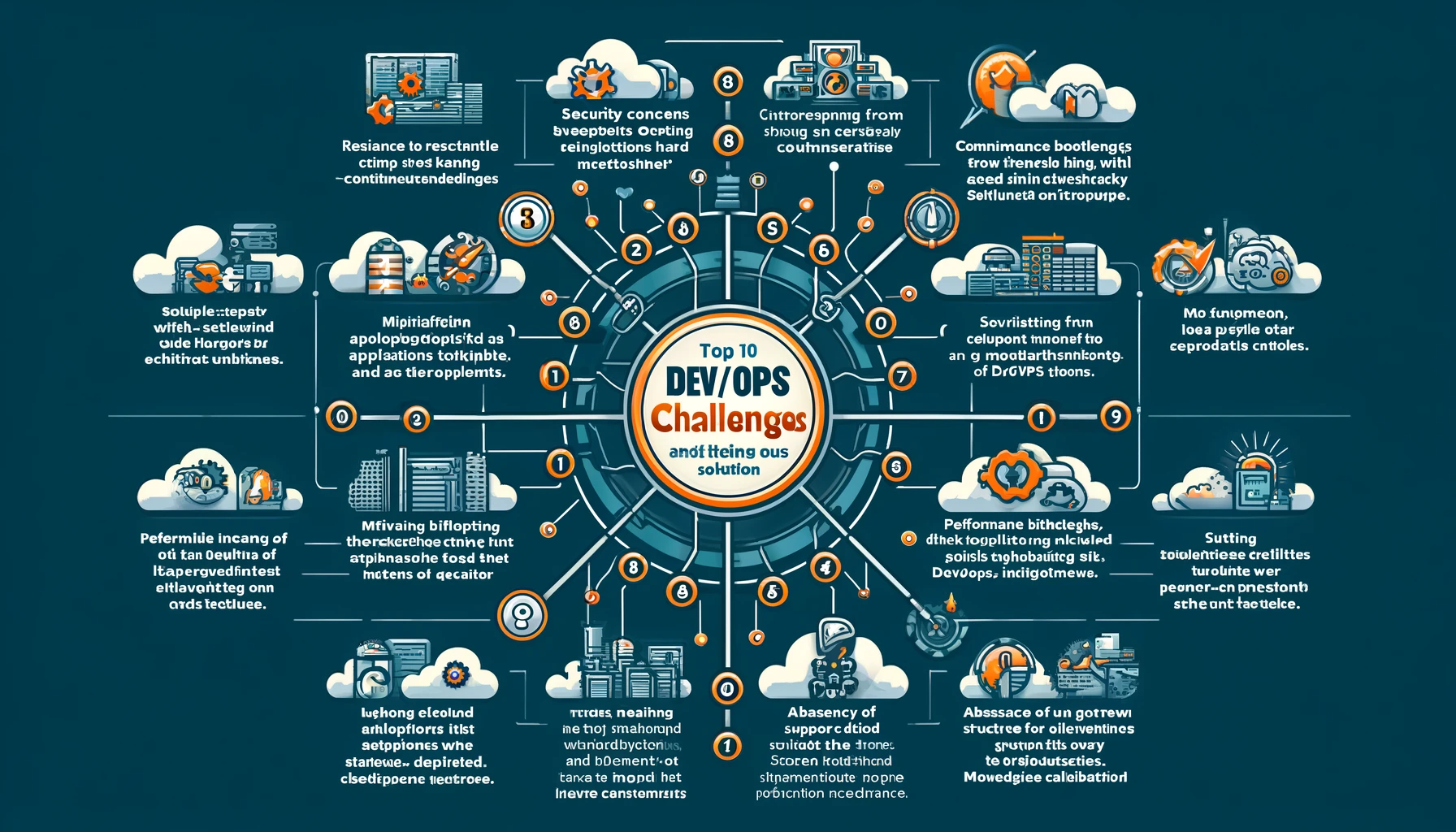The DevOps Solution to Development Challenges
DevOps is a methodology designed to streamline the software development lifecycle (SDLC) by enhancing collaboration across traditionally siloed teams—Development (Dev), Quality Assurance (QA), and Operations (Ops). Historically, each team had distinct, sometimes conflicting, goals, leading to inefficiencies, delays, and a culture of blame. DevOps addresses these issues by establishing cross-functional teams with shared goals, fostering a collaborative environment that prioritizes quality, automation, and rapid feedback.
Challenges Addressed by DevOps
1. Fragmentation and Isolation Among Teams
Before DevOps, the development process was highly fragmented:
- Development teams focused on coding and delivering as many features as possible, often without full visibility into how these features would perform post-deployment.
- QA teams tested the software in isolated environments, aiming to identify and report issues but often facing friction when reporting bugs to developers.
- Operations teams were responsible for the production environment but frequently limited changes to avoid disruptions, making them wary of new deployments.
This separation often led to situations where developers were unaware of operational constraints, and Ops teams were unfamiliar with the business context of the software. DevOps bridges these gaps, encouraging continuous communication across all phases of development and deployment to foster a unified understanding of goals and potential pitfalls【6†source】【7†source】.
Example: Pre-DevOps Workflow Breakdown
A typical pre-DevOps scenario might unfold as follows:
- Development creates a new feature and hands it to QA, who uncovers bugs.
- QA reports these bugs back to Dev, resulting in a back-and-forth cycle of blame—developers blame testers for testing environments, while QA counters that the issues lie in the code.
- Operations receives the debugged code from QA, deploys it, and experiences a production crash. Operations blame Dev for poor code, while Dev claims it worked in testing.
In a DevOps environment, however, all teams have visibility into the code, testing procedures, and operational constraints. This shared accountability reduces finger-pointing and promotes proactive problem-solving.
2. Conflicting Goals and Priorities
Each team in the traditional setup had objectives that often conflicted:
- Developers aimed for rapid feature deployment.
- QA focused on stability and finding bugs.
- Ops prioritized production uptime and stability, resisting frequent changes that might lead to instability.
These conflicting objectives could result in delays and recurring issues as each team tried to optimize its part of the process independently. DevOps encourages teams to work towards shared goals, where quality, speed, and reliability are balanced. This alignment minimizes disruptions and increases deployment frequency without compromising stability, as everyone works towards a common outcome.
3. Limited Context and Communication
Traditional approaches limited each team’s understanding of the broader project context:
- Developers might not fully grasp the end-user needs or operational demands.
- QA testers might lack insight into the business logic or deployment environment.
- Operations often had minimal involvement in development, leaving them unprepared for new features or changes.
With DevOps, these teams collaborate throughout the lifecycle, enabling everyone to understand user requirements, technical constraints, and operational needs. This shared understanding enhances the team’s ability to deliver robust, customer-focused solutions that are less likely to encounter unexpected issues in production.
DevOps offers a structured solution to longstanding challenges in the software development process. By encouraging collaboration and shared responsibility, DevOps helps eliminate the inefficiencies, finger-pointing, and misalignment that arise from traditional siloed workflows. This collaborative model not only improves software quality but also fosters a culture of continuous improvement and faster delivery, ensuring that each release meets business objectives and operational standards.
DevOps transforms development from a fragmented, blame-prone process into a seamless, efficient pipeline capable of delivering value rapidly and reliably.
The Goal of DevOps
The primary goal of DevOps is to foster a collaborative environment among all stakeholders involved in the software development lifecycle—from planning to deployment—while automating processes wherever possible. This approach focuses on:
- Increasing Deployment Frequency: By implementing continuous integration and delivery, DevOps enables teams to deploy updates more frequently, increasing overall efficiency.
- Reducing Time to Market: DevOps shortens development cycles, helping organizations bring products to market faster.
- Lowering Failure Rates of New Releases: Through automated testing and monitoring, DevOps reduces errors and system failures, ensuring smoother deployments.
- Shortening Recovery Times: DevOps emphasizes fast recovery in the case of failures, minimizing downtime and operational impact.
- Enhancing IT Organization Performance: By adopting DevOps, organizations often experience increased productivity and performance metrics.
These goals are supported by findings from the 2015 State of DevOps Report, which highlights the improved deployment speed, reduced failure rates, and quicker recovery times in high-performing IT organizations following DevOps practices【21†source】.
